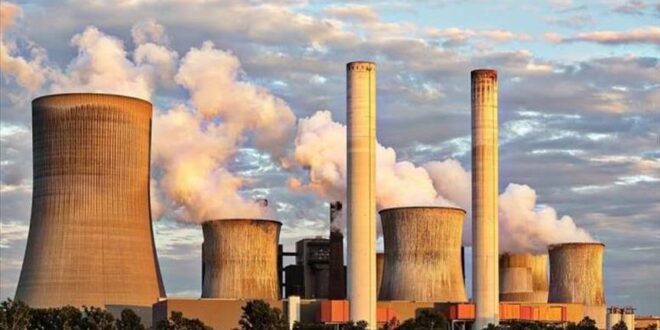2023 will mark the beginning of the decline in fossil fuels, following the peak of global electricity emissions in 2022, according to a new report released on Wednesday (12 April) by energy think-tank Ember.
“In this decisive decade for the climate, it is the beginning of the end of the fossil age. We are entering the clean power era,” said the lead author of the study Małgorzata Wiatros-Motyka.
Ember’s Global Electricity Review analysed electricity data from 78 countries representing 93% of global electricity demand. The report found that in 2022, global electricity generation was the cleanest ever, with a record growth in wind and solar power, which accounted for 12% of global power generation.
Renewables and nuclear combined accounted for 39% of global electricity generation, with solar power being the fastest-growing source with a 24% increase.
Ember highlighted the role of wind and solar power in pushing the world into a new era of clean energy and declining power sector emissions, despite rising emissions in 2022 caused by the war in Ukraine and falling supplies of cheap Russian gas.
“Although it’s unfortunate that fossil electricity generation hit an all-time high in 2022, you can see that wind and solar are already delivering to reduce emissions,” said Dave Jones, head of data insights at Ember.
“Very soon wind and solar will push the world into a new era, an era of falling fossil generation and therefore of falling power sector emissions,” he added.
The report suggests that wind and solar power can provide up to 75% of the increase in clean power from now to 2050, thanks to their lower cost compared to fossil fuels.
EU aligned with Paris Agreement goal
In Europe, the transition to wind and solar power is happening faster than the global average, with wind and solar accounting for 22% of electricity production in 2022, up from just 13% in 2015, while globally the share of wind and solar increased from 4.6% to 12.1% in the same period, the report shows.
Yet, power sector emissions in the EU saw an increase of 2.8% last year compared to 2021. This was mostly due to a fall in nuclear generation – driven by maintenance in France and plant closures in Germany – as well as a fall in hydropower generation caused by droughts, that were partially replaced by coal and gas.
Growing demand for coal in Europe was also driven by the war in Ukraine and the need to reduce gas consumption following Russia’s decision to diminish supplies to Europe, according to the IEA’s 2022 coal report, published in December.

 Iran Energy News Oil, Gas, Petrochemical and Energy Field Specialized Channel
Iran Energy News Oil, Gas, Petrochemical and Energy Field Specialized Channel



